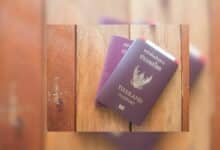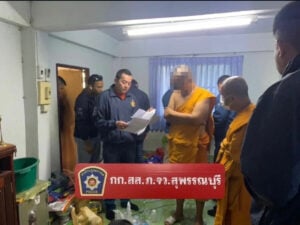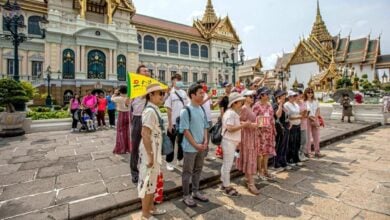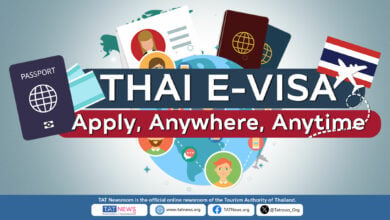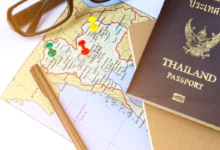Thailand’s visa on arrival guide: Smooth entry for a perfect holiday
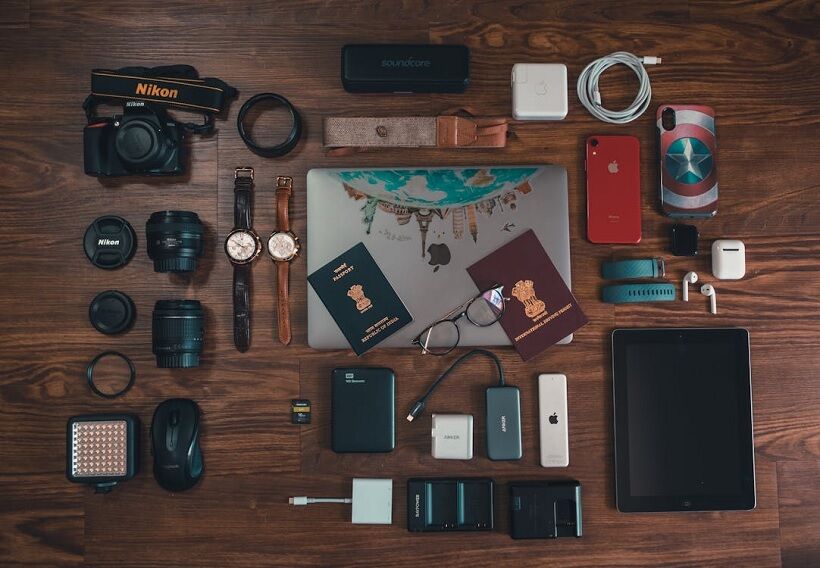
Preparing for a journey to the illustrious Kingdom of Thailand? Renowned for its captivating landscapes, exquisite cuisine, and dynamic cultural tapestry, Thailand invites travellers with its array of attractions. However, before indulging in this bizarre destination, one pivotal step remains: obtaining your visa on arrival (VoA). For those envisioning serene beachside retreats or engaging in the hustle and bustle of local markets, understanding the prerequisites for a Thailand VoA is imperative.
Thailand’s hospitable approach towards international visitors simplifies the VoA acquisition process for nationals from 18 designated countries. By presenting a handful of essential documents upon arrival, you can transition seamlessly from air travel to experiencing Thai bliss with minimal complications. This article serves as an authoritative guide on navigating the VoA procedure effortlessly.
By familiarizing yourself with the required documentation and preparing accordingly, you can facilitate a seamless entry into Thailand, mirroring the smoothness of its renowned silk production. We will now explore the essential information concerning the documentation needed for a Thailand visa on arrival, equipping you with an unparalleled exploration of Southeast Asia’s gem.
Understanding the Thailand visa on arrival
Eligibility criteria for visa
Getting a Visa on Arrival (VoA) for Thailand is super smooth for folks from the 18 eligible countries. Just make sure your passport is valid for at least 30 days more than you plan to stay, and have your return ticket ready to show you’ll be heading back within the 15-day VoA period. With these key requirements met you are well-prepared for an efficient visa acquisition experience. Furthermore, demonstrating financial solvency through evidence of sufficient funds for the duration of their stay – quantified as at least 10,000 THB per individual or 20,000 THB per family – is obligatory. These prerequisites are crucial for VoA applications and reflect Thailand’s dedication to facilitating orderly and efficient admissions for qualified visitors.
Visa on arrival vs visa exemption
Starting your Thailand journey smoothly hinges on knowing if you need a Visa on Arrival (VoA) or if you’re all set with a Visa Exemption! If you’re from one of the 18 fortunate countries, picking up your VoA right when you land in Thailand is as easy as pie. Just bring along your passport and some proof that you’ll be adventuring beyond Thailand eventually, and voila, you’re all set. It’s incredibly handy, taking one worry off your pre-trip checklist.
On the flip side, if your country is buddy-buddy with Thailand on visa matters, you might just skip the visa line entirely! Thanks to Visa Exemption agreements, tourists from these countries can enjoy up to 30 or 45 days exploring beautiful beaches and bustling markets without needing a visa at all. It’s all about making your entry as smooth as possible.
Choosing between a VoA and relying on Visa Exemption boils down to where you’re from and how long you plan on soaking up the Thai sun. So, it’s pretty important to check what applies to you before setting off. Securing a VoA in Thailand is straightforward if you’ve got everything in order – just another step towards an unforgettable journey. Keeping these visa tips in mind ensures that preparing for your trip is part of the fun, paving the way for an amazing time in Thailand.
Documents required for Thailand visa on arrival
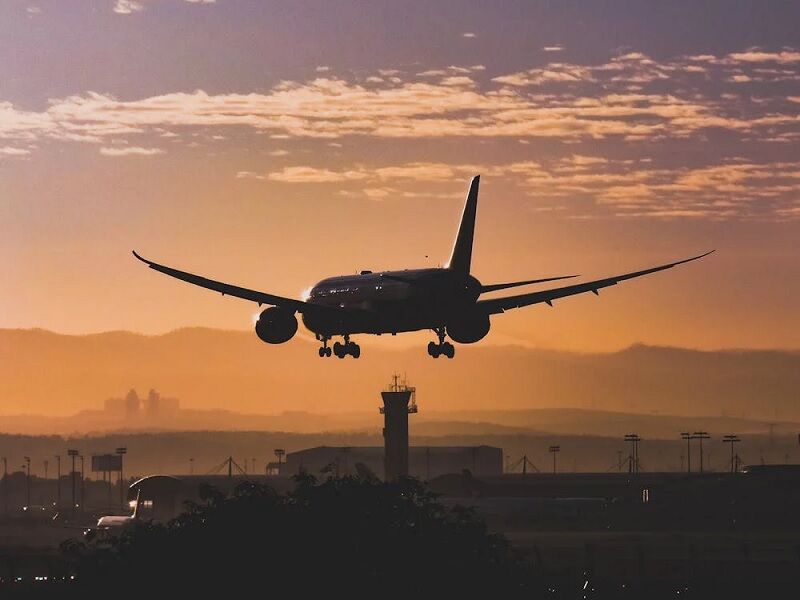
Navigating through the documents required for a Thailand Visa on Arrival (VoA) ensures your journey starts without hiccups. Here’s a concise guide to what you need.
Passport requirements
Your passport acts as the key to your Thai adventure. It must be valid for at least 30 days upon entry. Ensure it has at least one blank page for the visa stamp. This is non-negotiable, as authorities at the port of entry will verify these details meticulously.
Proof of sufficient funds
Thailand wants to ensure you can financially support your stay. You’re required to show proof of funds amounting to at least 10,000 Thai Baht per individual or 20,000 Thai Baht per family. Bank statements or cash are commonly presented documents to fulfil this requirement.
Accommodation details
Proof of where you’ll stay during your visit underscores your travel plans’ credibility. Whether it’s a hotel booking, a rental confirmation, or a letter of invitation from a host, having this document ready confirms your accommodation arrangements in Thailand.
Return travel documentation
Lastly, demonstrating your intent to leave Thailand within the visa’s validity is crucial. This involves showing a return ticket or an onward journey ticket to another destination. It reassures authorities of your temporary stay, aligning with the VOA’s conditions.
Remember, each document plays a critical role in ensuring a seamless entry into Thailand with a Visa on Arrival. Double-check your documents before departure to enjoy the Land of Smiles without any administrative hitches.
Applying for a Thailand visa on arrival
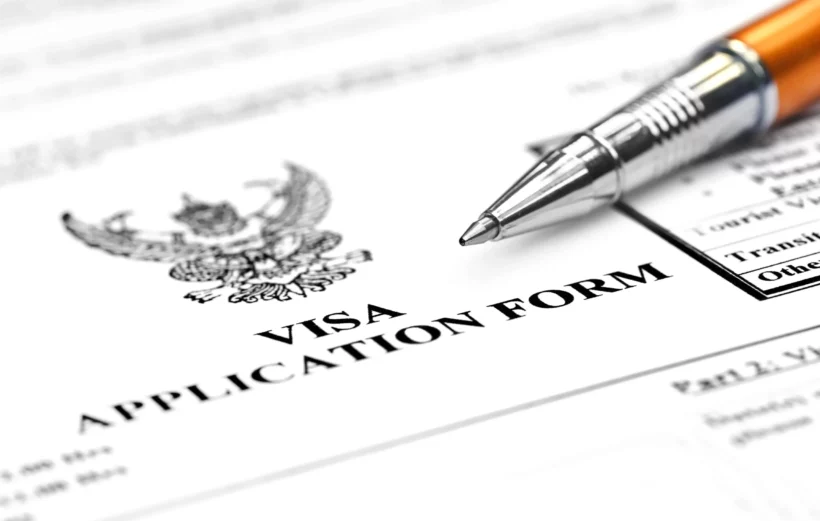
Where to apply: airports and land entry points
Your journey begins at one of Thailand’s designated entry points. If flying, head to the Visa on Arrival (VoA) section upon landing. For land entries, locate the VoA counter at border crossings. Major airports like Suvarnabhumi, Don Mueang, Phuket, and Chiang Mai facilitate VoA services. Similarly, land borders with VoA provisions include Nong Khai (near Laos) and Sadao (bordering Malaysia). Remember, your entry point dictates where you’ll manage VoA paperwork.
Prepare the necessary documents: Ensure you have all documents required for Thailand Visa on Arrival. This includes a valid passport with at least 30 days remaining and a blank page, a confirmed return ticket within 15 days, proof of accommodation in Thailand, and evidence of sufficient funds (at least 10,000 THB per individual or 20,000 THB per family).
Locate the VoA counter: Upon arrival, follow the signs to the Visa on Arrival area. It’s usually near the immigration checkpoints.
Complete the application form: Forms are available at the counter. Fill in every detail accurately to prevent delays.
Submit your documents: Hand over your passport, completed form, and all other documents to the officer. A passport-sized photo (4×6 cm) might also be required, so it’s wise to carry a few.
Pay the visa fee: The fee is payable in Thai currency (THB). The exact amount can vary, so check the latest fee before travel. Payment methods may be limited to cash at some entry points.
Wait for processing: After submission, wait for your documents and visa stamp. Processing time can vary based on the queue.
Collect your passport: Once processed, your passport will be returned with a Visa on Arrival stamp, allowing a 15-day stay in Thailand.
Adhering to these steps simplifies the VoA process. Ensure all documents are ready and accurate, aiding a smooth entry into Thailand. Remember, the Visa on Arrival enables a short visit, so plan accordingly to comply with its 15-day limitation.
Fees and processing time for visa on arrival
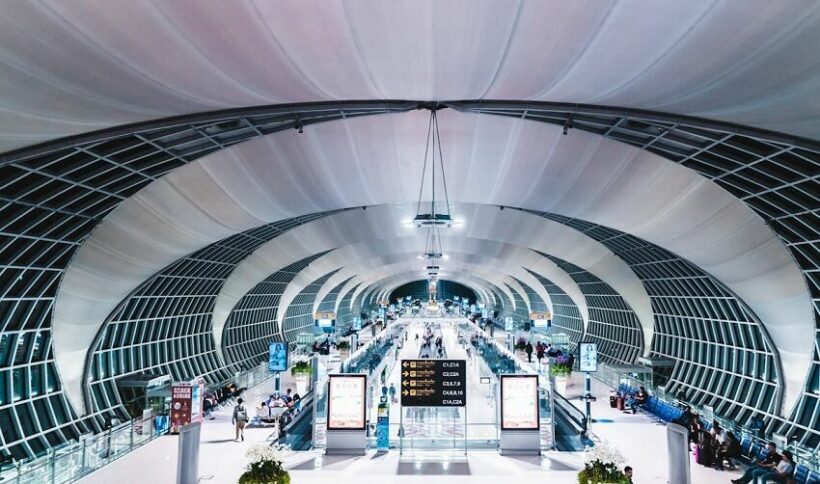
Transitioning from understanding the documents required for a Thailand Visa on Arrival, it’s crucial to address the financial and temporal aspects tied to this process. Knowledge of the fee structure and expected waiting time directly impacts your planning and experience.
Fee structure
Just so you know, getting your Visa on Arrival in Thailand usually costs about 2,000 Thai Baht, which is roughly around USD 60. But hey, there have been times, like back in 2018 and until April 2020, when the Thai government was super cool and waived these fees! Remember though, you’ll need to pay this fee in cash and only with Thai currency when you get there. Also, heads up: these fees can change out of the blue, so it’s a good idea to double-check how much it’ll be before your trip. And just a little tip – this fee isn’t given back if for some reason your visa application doesn’t go through or gets rejected. So having the exact cash ready can make things smoother for you as soon as you land.
Expected waiting time
Just a heads up that the time it takes to snag your Visa on Arrival can vary quite a bit. It depends on how bustling the airport is and how speedy the immigration crew is feeling. On average, you might want to set aside about 15 minutes to an hour to breeze through everything. So, it’s smart to come prepared and stay chill throughout the process. Understanding both the cost structure and expected processing time for a Visa on Arrival ensures you’re well-prepared, financially and timewise, for your journey to Thailand. It highlights the need for readiness to meet these requirements to facilitate a smoother entry experience.
Validity and extension of Thailand visa on arrival

Validity period
Your Visa on Arrival (VoA) for Thailand is valid for a brief period of 15 days from the date of entry. This timeframe suits short visits focused on tourism. As you prepare your travel itinerary, remember this limited duration to ensure your plans align with the validity period. Planning ensures a hassle-free stay in Thailand, leveraging the convenience of a VoA.
Extension guidelines
Extending your VoA once in Thailand is generally not an option, except under extenuating circumstances such as illness that prevents travel. For tourists needing more time, understanding this limitation is crucial. In case of an unforeseen need to stay beyond the permitted 15 days, contacting the local immigration office promptly for guidance is advisable. Always carry the required documents to support your extension request, especially in special situations, to facilitate a smoother process. Being informed about these guidelines helps manage your expectations and plan accordingly.
Alternatives to the Thailand visa on arrival
Exploring Thailand’s Visa on Arrival (VoA) is just the beginning of your journey. It’s essential to remember that this option is perfect for short tourism visits, given its 15-day validity. If you’re planning a longer stay or different activities, consider other visa types that better suit your needs. Always keep the validity period in mind to avoid the severe penalties for overstaying. By staying informed and prepared, you’ll ensure your visit to Thailand is both enjoyable and hassle-free.
For business and work visas in Thailand, applicants must secure a job offer or business sponsorship. Essential documents include a valid passport, employment or business documentation, and proof of financial means. The process involves obtaining a non-immigrant visa, followed by a work permit, enabling long-term employment and business activities in Thailand.
Obtaining a Visa on Arrival in Thailand is a straightforward process that allows you to enjoy a hassle-free holiday in one of the world’s most beautiful destinations. By following this guide and preparing all necessary documents in advance, you can ensure a smooth entry and make the most of your time in Thailand. Whether you’re exploring bustling Bangkok, relaxing on the beaches of Phuket, or immersing yourself in the culture of Chiang Mai, a Visa on Arrival makes it easy to start your adventure.

